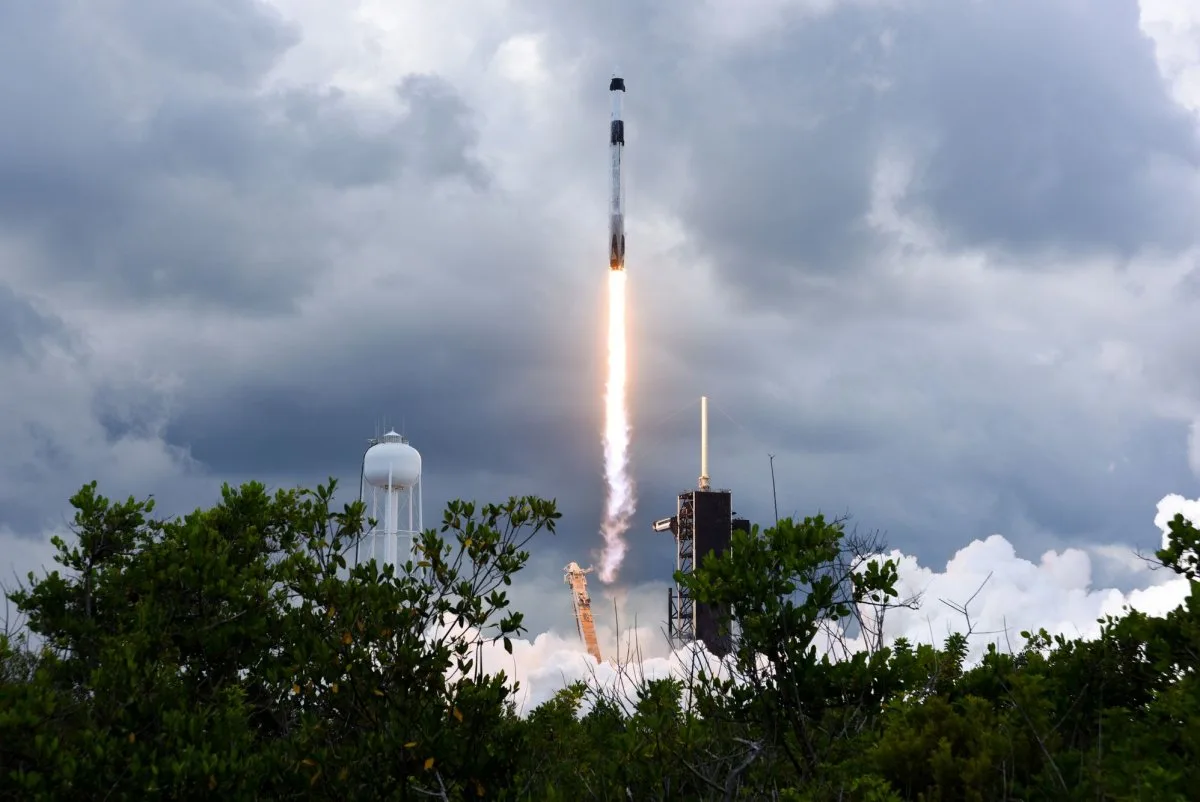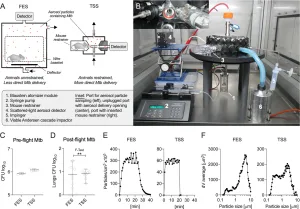New CPR Technique Developed for Astronauts in Space
In the challenging environment of space, medical emergencies require innovative solutions. Recently, researchers presented a groundbreaking CPR method specifically designed for astronauts experiencing cardiac arrest in zero gravity. This new technique promises to be significantly more effective than previous approaches.
The Challenge of CPR in Zero Gravity
Performing standard CPR in space is nearly impossible. The absence of gravity makes it difficult to maintain proper body positioning and apply adequate chest compressions. Traditional methods often result in both the rescuer and the patient floating away, rendering the procedure ineffective.
The Innovative Solution
The newly developed CPR technique addresses these challenges by:
- Using specialized restraints to secure both the rescuer and the patient.
- Employing a modified hand placement to maximize compression force.
- Incorporating a “reverse bear hug” technique to provide counter-support.
How the New Technique Works
The core of this method involves the rescuer positioning themselves strategically against the patient. Here’s a breakdown:
- Secure the patient to a fixed point using available restraints.
- The rescuer uses their legs to secure themselves
- Position hands firmly on the lower half of the sternum.
- Deliver strong, rhythmic chest compressions, ensuring proper depth and rate.
Why This Matters
This breakthrough has significant implications for long-duration space missions. The ability to perform effective CPR in zero gravity greatly increases the chances of survival for astronauts experiencing cardiac emergencies. This new protocol will likely become a standard part of astronaut training and onboard medical procedures.
Final Overview
The development of a more effective CPR method for astronauts represents a crucial advancement in space medicine. By overcoming the challenges posed by zero gravity, this technique offers a lifeline for astronauts facing cardiac emergencies, ensuring safer and more sustainable space exploration.




+ There are no comments
Add yours